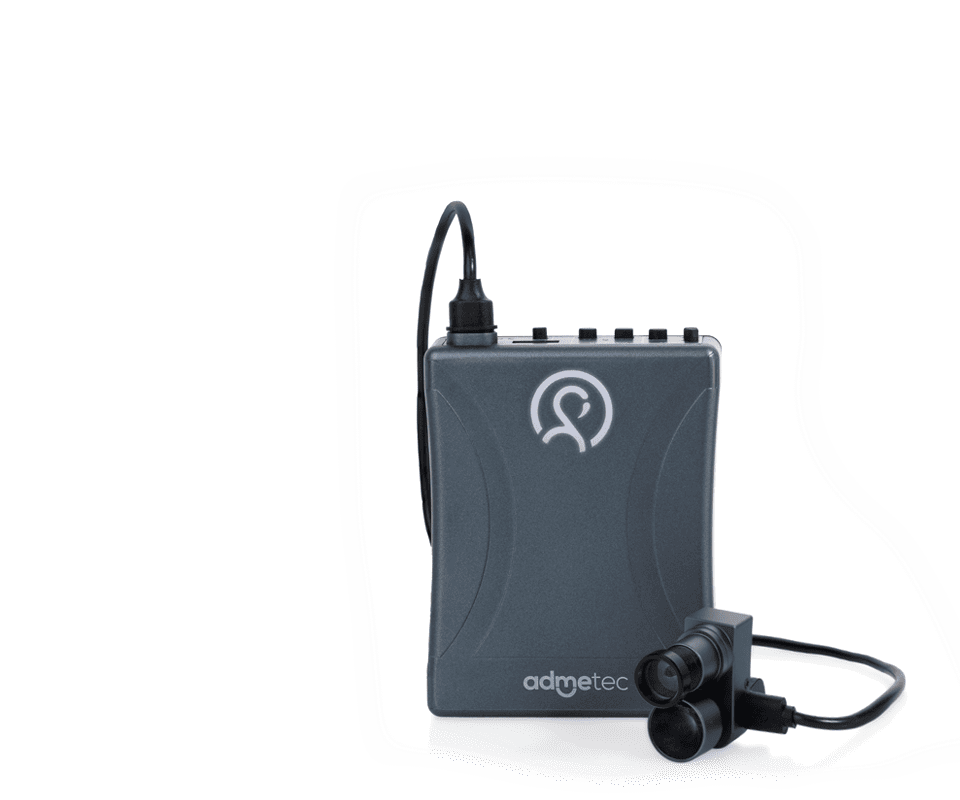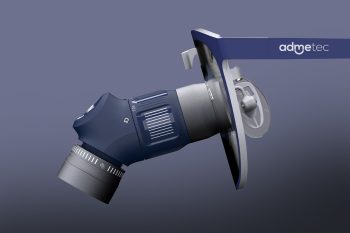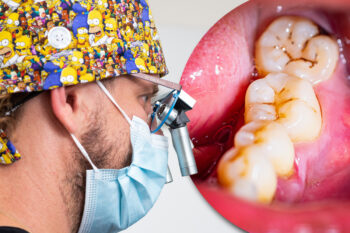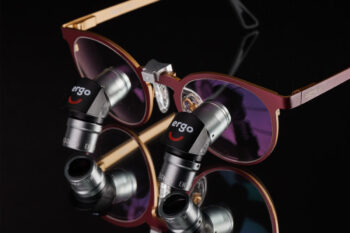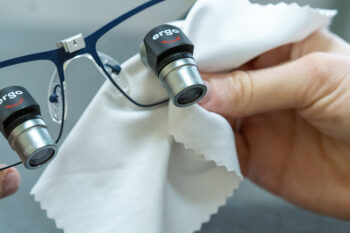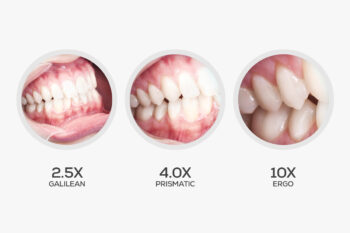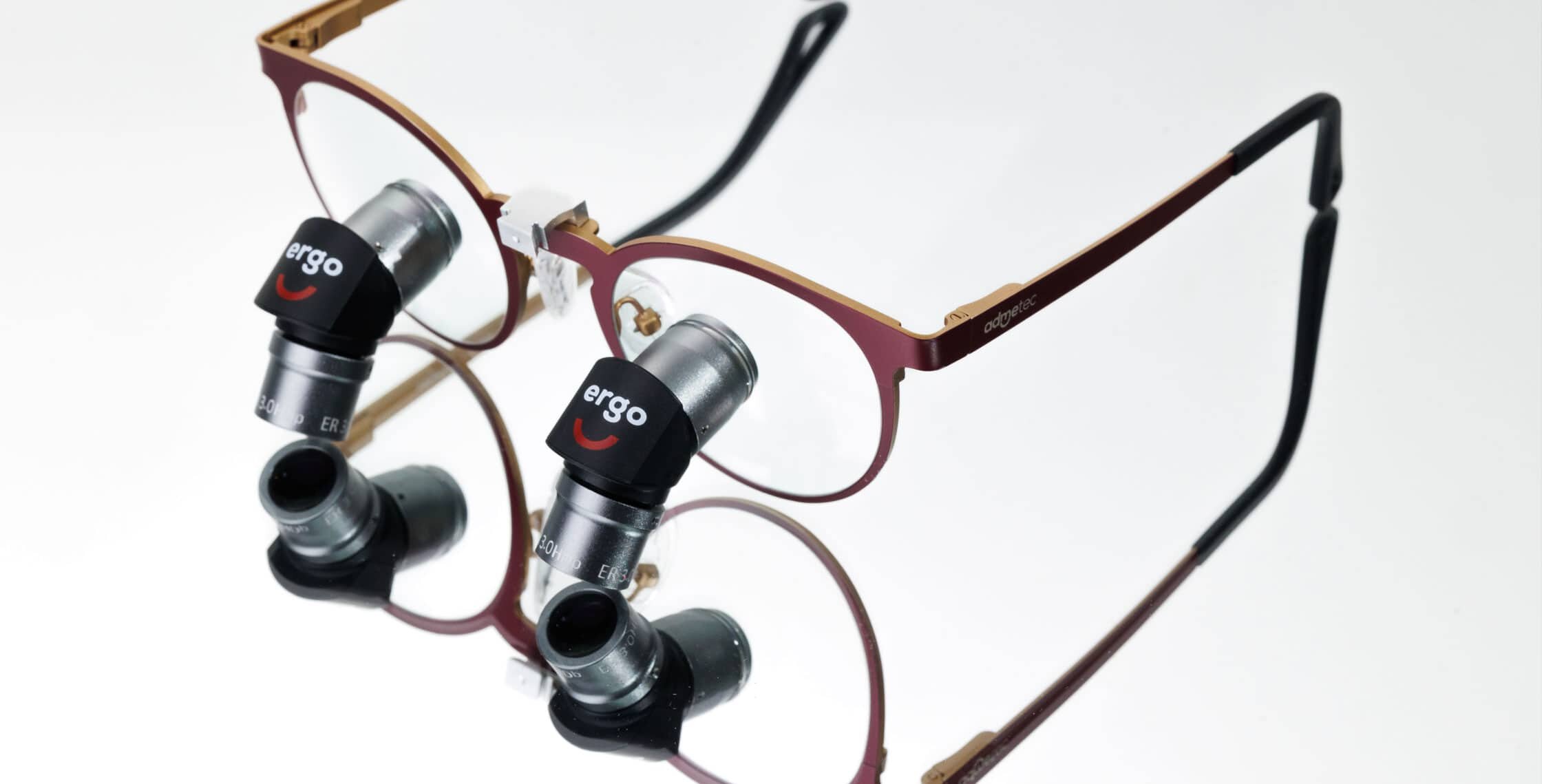
Business classes are filled with stories of companies who failed to recognize the benefits and embrace disruptive solutions and as a result – disappeared. Kodak tried to stick with film. Blockbuster was unable to conceptualize the possibility of Video on Demand. Hoover turned down James Dyson’s invention of vacuum cleaners with no bag because their business model depended on the profit on bags. Dentistry, although a traditional sector, is currently seeing a wave of innovation addressing ergonomic challenges that have long plagued the lives of practitioners.
Ergonomics in dentistry
There is a vast amount of information available regarding ergonomic best practices for dentists and hygienists, due to the understanding that long hours of bending over patients and focusing on small areas strains the body in ways that necessarily result in some level of discomfort, pain and can even drive practitioners to early retirement.
The problem is that if every resource claims that theirs is the guide to “true ergonomics,” who is to be believed?
Magnification loupes are a particularly complex subject because, while it is obvious that magnification enables the doctor or hygienist to see more than they would without, it is not immediately obvious which magnification is best. Until recently practitioners chose between Flip-Up and TTL (through the lens), Galilean or Prismatic loupes. Criteria to be considered included the type of work being done i.e., the magnification needed (depth of field/field of view), working distance, weight, working habits, cost, and how personable the sales representative of the providing company is.
Now an additional – ergonomic deflection loupes.
Disrupting the concept of declination angle
Traditional loupes cannot provide completely ergonomic solutions as their use necessitates the practitioner look down and focus inward to the convergence point as well as physically tilt forward to a certain degree. In other words, the worker is adapting to the surroundings rather than the state of a true ergonomic solution – adapting the environment and utilizing tools that overcome the limitations of the worker.
A select number of forward-looking loupe providers recently released products that set the traditional paradigm on its head – offering deflection loupes that eliminate the concept of the declination angle, making it no longer necessary to look down and bend over in order to see close: “Ergo” loupes by Admetec, “ErgoPrism” by LumaDent and “Infinity VUE” by Designs for Vision.
Ergonomic loupes enable the practitioner to maintain a neutral upright position, eyes relaxed, looking straight ahead – as we naturally do for most of our waking hours. Back, neck, and eye strain are reduced, protecting the health and wellbeing of the practitioner and enabling more efficient work, thus also benefitting the patient.
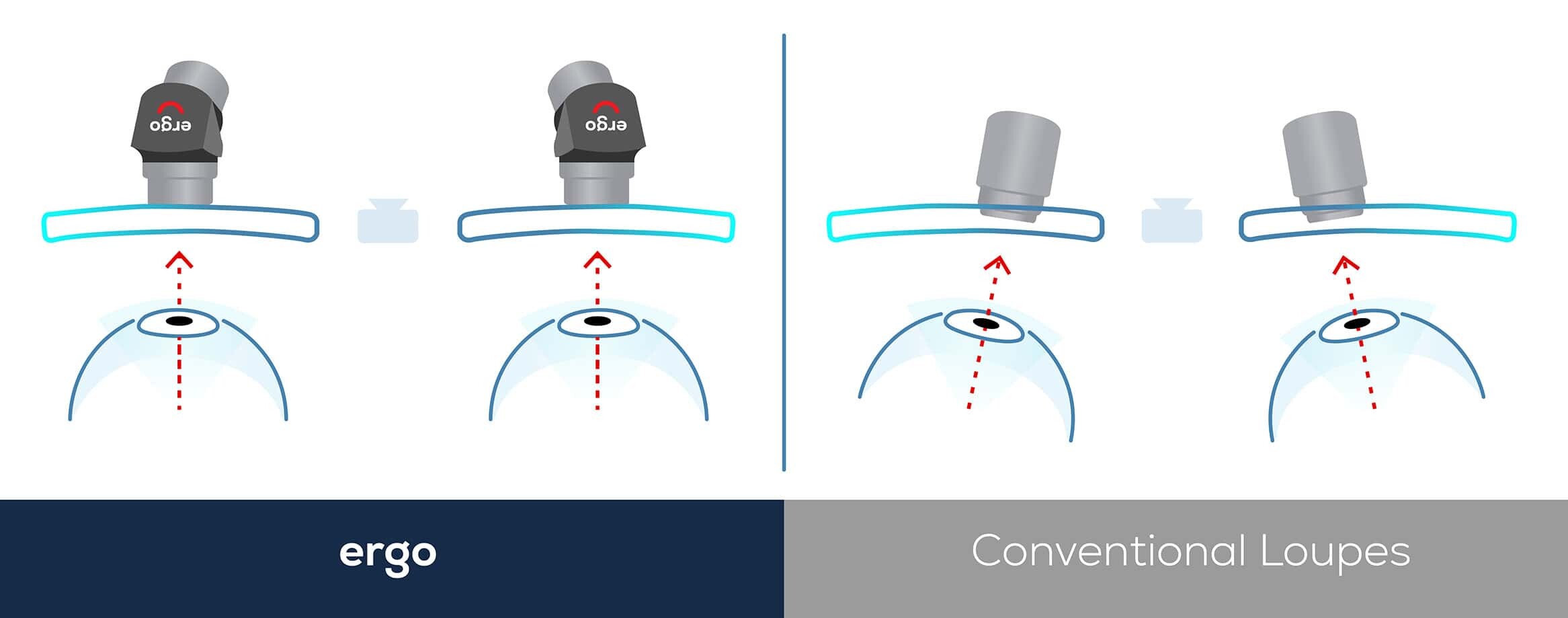
Innovation is sometimes a process rather than an instantaneous change. Pentax conceptualized deflection loupes over a decade ago. Their product did not immediately change the standard in loupes, but this is not because the idea was incorrect. Many criteria must align for a new product to become a solution of choice. As discussed above, weight, convenience, compatibility with the user’s habits, and cost are all factors. In addition, there are challenges in introducing new tools into a market, creating awareness of their existence and benefits. Today a number of companies have built their own innovations on Pentax’s original idea, and more are expected to follow.
Some companies will attempt to resist this change, sticking to standard solutions and instead of opening up new possibilities for their customers, attempting to denigrate those who have. One example of this common tendency is, then Microsoft CEO, Steve Ballmer who famously laughed and dismissed the iPhone because it was too expensive and lacked a keyboard. His inability to recognize the change that was on the horizon did not prevent it. In the end, it was the customers who decided in which direction the industry would develop.
Innovation resisters have made a number of claims against ergonomic loupes including warning that steep deflection angles often force users to tilt their heads backward which is, of course, uncomfortable. This statement is true however it would suggest that the loupes had not been properly customized for the user, a situation that should not occur. Another claim is that it can take time to get used to working with deflection loupes. This can also be true, especially for practitioners who are used to bending and contorting themselves to see the patient, relying on working habits that, at one point or another will lead to physical strain, pain, and possibly even long-term injury. Ergonomic loupes encourage practitioners to develop work habits that protect their health and enable long careers.
The Admetec perspective: individualization in a business of custom-tailored solutions
There is no generic “best solution”. There is the solution that is best for each unique individual.
The benefits of ergonomic loupes are easily understood by those who try them. At the same time, traditional loupes also have their benefits. Ergonomics are important but they are not the only factor to consider – it’s a matter of priorities, preferences, and your specialty of practice. What is right for one person may not be right for another.
At Admetec, we believe that the individual is the key. We design our products with a specific emphasis on the user experience. Quality is paramount but so is comfort and convenience, particularly considering that we are dealing with products that the user wears on his or her face throughout the day. To us, designing the best solution is a function of a deep desire to understand each person’s individual needs and preferences as well as being able to offer the full range of solutions available today.
___________
By Forest Rain Marcia, Brand Manager, Admetec







